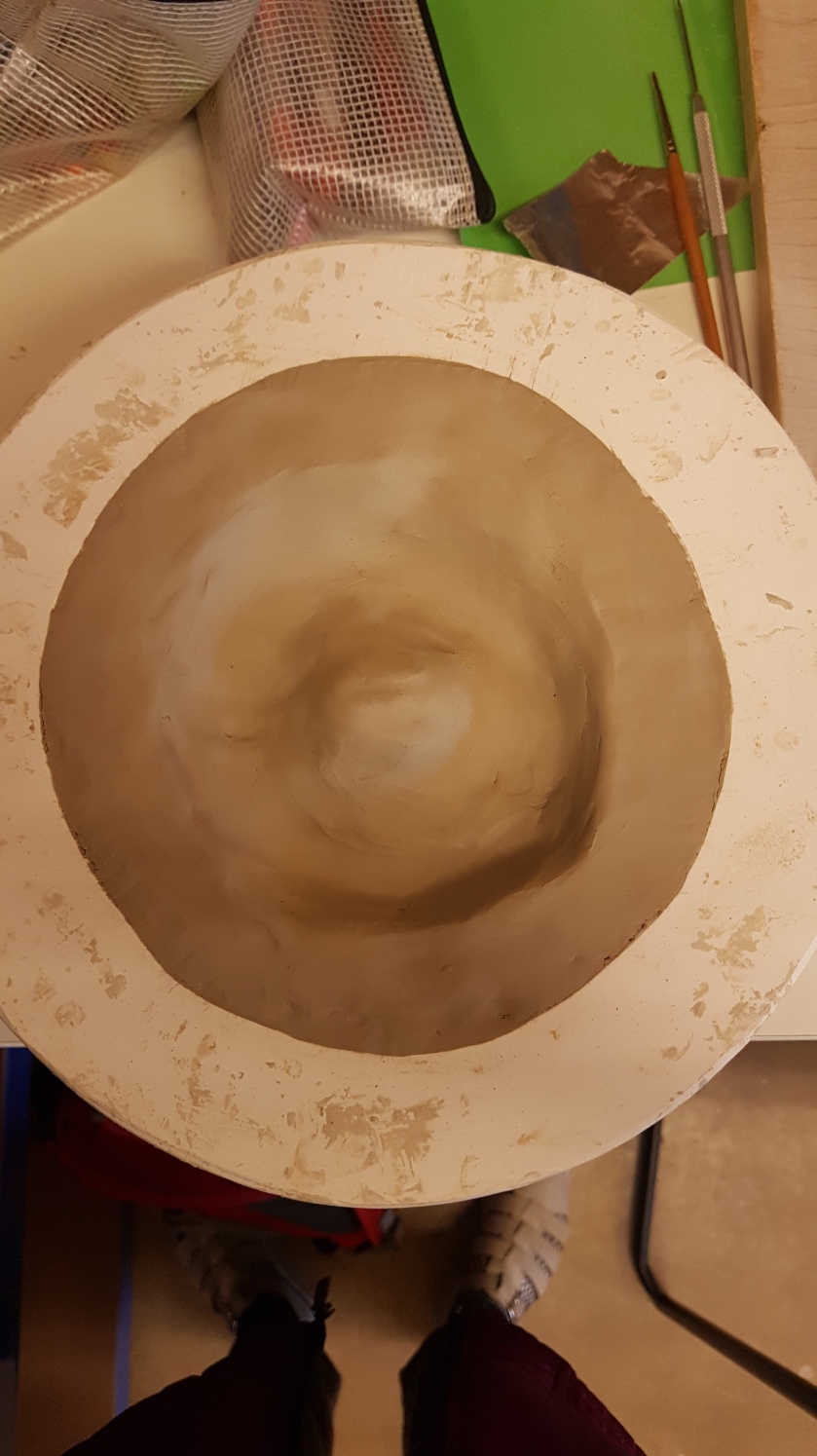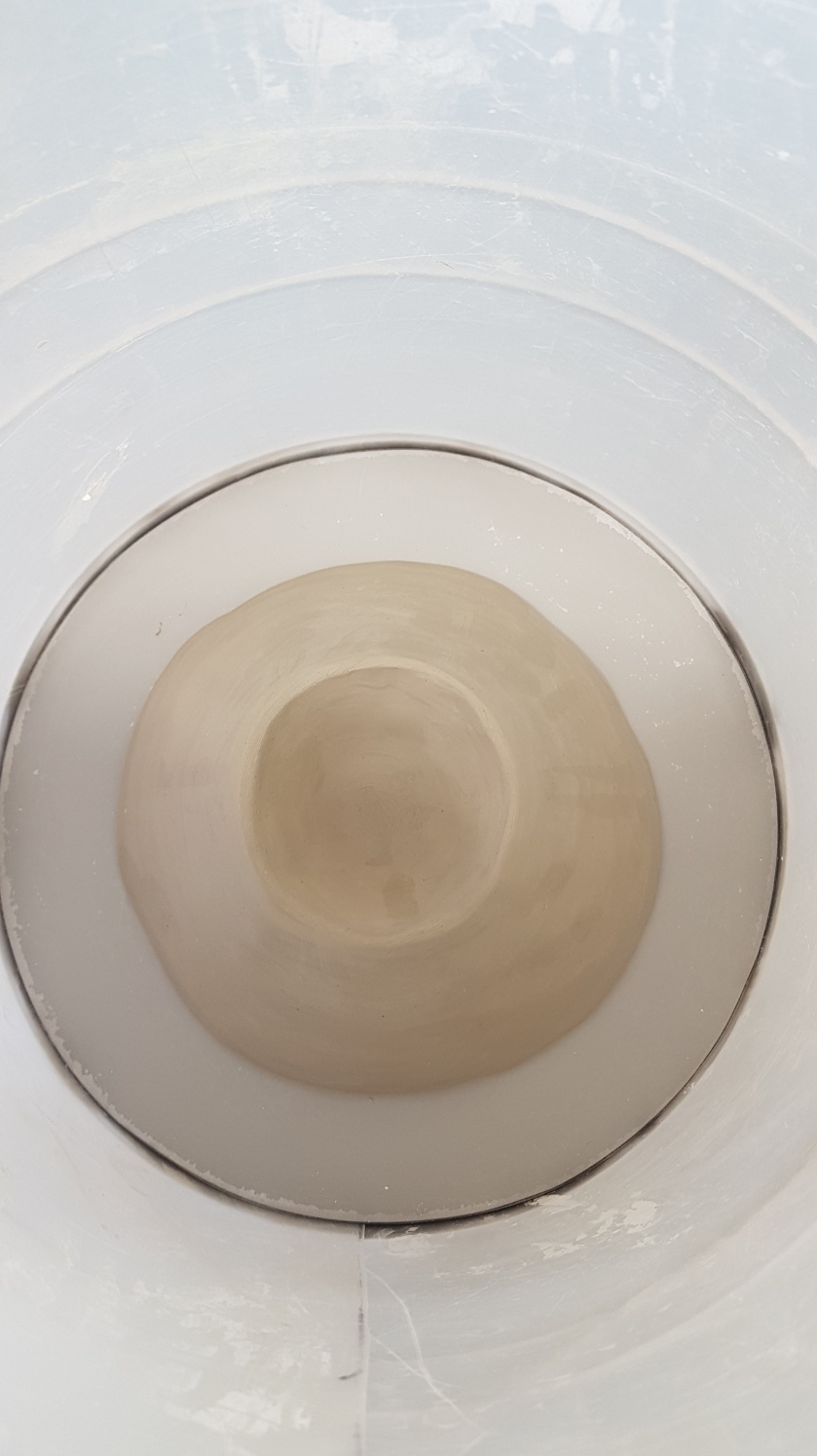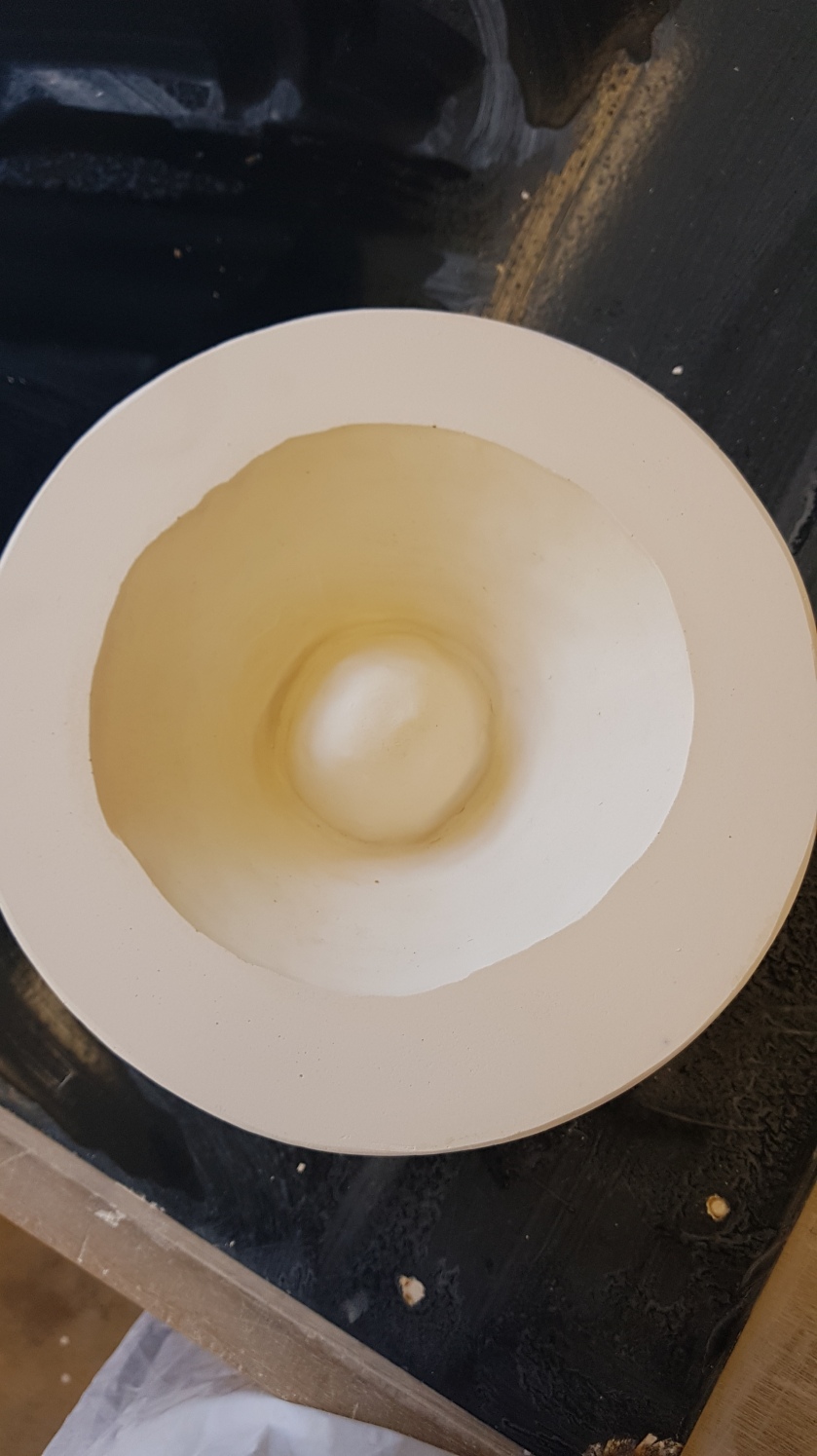After my initial sketches responding to the mortar I made ceramic forms also with a similar surface texture. In response to those made items I wanted to sketch their texture but to help myself to see and re-visualise their pattern on paper using colour. I wanted to experiment and use bright colours only to help my eyes see the texture for the first time. This difference in colour was challenging as I had to re-think my documentation of the texture and page layout as these colours are seen differently to black ink on white paper. Using the orange and pink pushed me to challenge my sketching skills, I had to re-think my presentation of the texture. This experiment was really beneficial to the project as it helped me develop the style that I would use in the final artifacts.
Orange and Pink

After forming this sketch I reflected and doing so I decided to maintain this style but switch back to the fine liner as my tool for mark making. I enjoy the detail that I can put in with the fine liner and using that I can play with the perception of the pattern. The fine lines help challenge surfaces and platforms that I was sketching. I personally think that the fine lines and my use of them effects the paper and the sketch as a whole on a dimensional level. Although I feel that the sketches are effective I do see all their faults, I see where my sketching skills are lacking and although I did practice and really try to develop them I need to work on them so that I develop my skills further. I intend to research into effective sketching skills to challenge perceptions of depth and angles.











